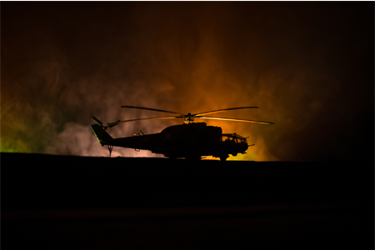Supporting RF Systems Using The CDL Protocol

Common Data Link (CDL) is a secure U.S. military communications protocol established in 1991 to enable full-duplex, jam-resistant digital data transmission for intelligence, surveillance, and reconnaissance (ISR) operations. Supporting real-time video, imagery, and sensor data exchange between airborne platforms, ground stations, and naval vessels, CDL has become a cornerstone of modern military communications. Early systems primarily operated in the Ku-band with data rates up to 274 Mbps. Over time, Tactical CDL (TCDL) for UAVs and Bandwidth Efficient CDL (BE-CDL) were introduced, enhancing spectral efficiency and throughput while reducing bandwidth requirements.
CDL operates across multiple frequency bands to optimize operational flexibility. Ku-band is the primary range for uplink and downlink communications, while X-band offers atmospheric resilience and backup capabilities. Ka-band provides a pathway for higher data rates as technology matures, albeit with greater atmospheric attenuation. Applications span unmanned aerial systems, manned aircraft, naval vessels, and fixed or mobile ground stations, enabling secure payload control, ISR data dissemination, and multi-platform interoperability.
Modern CDL systems emphasize miniaturization and multi-band agility to meet size, weight, and power (SWaP) constraints while supporting software-defined radio (SDR) architectures. High-performance microstrip filters, like those from Knowles, deliver compact, rugged, and thermally stable solutions for multi-band RF operation, ensuring signal integrity across microwave and mmWave frequencies. As CDL technology evolves, these innovations allow engineers to design smaller, higher-performance systems capable of meeting the increasingly demanding requirements of next-generation military platforms.
Get unlimited access to:
Enter your credentials below to log in. Not yet a member of RF Globalnet? Subscribe today.
